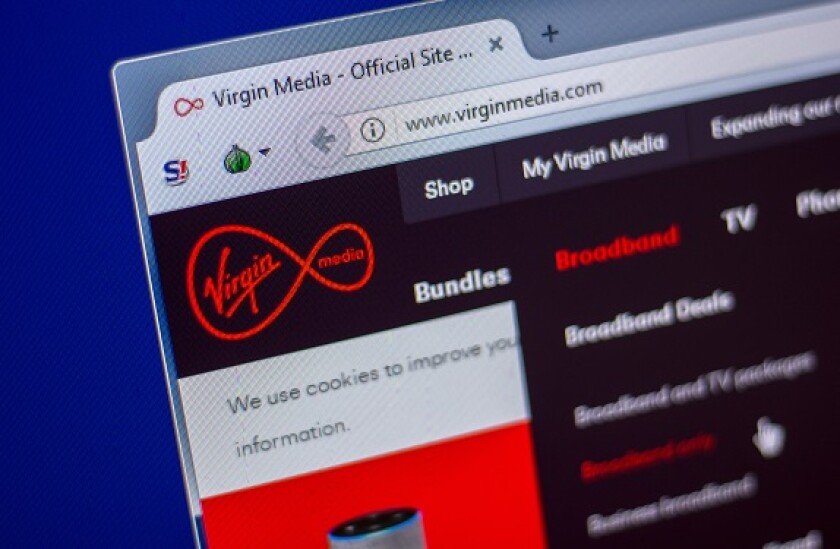Virgin Media Ireland concedes on docs, targets wide end of talk

Virgin Media Ireland’s debut standalone leveraged loan has seen some resistance from lenders, and the company has conceded changes to the documentation, limiting its flexible to layer in additional senior debt. With commitments due on Thursday, it looks set to land at the wide end of the 325bp-350bp talk.
Unlock this article.
The content you are trying to view is exclusive to our subscribers.
To unlock this article:
- ✔ 4,000 annual insights
- ✔ 700+ notes and long-form analyses
- ✔ 4 capital markets databases
- ✔ Daily newsletters across markets and asset classes
- ✔ 2 weekly podcasts
